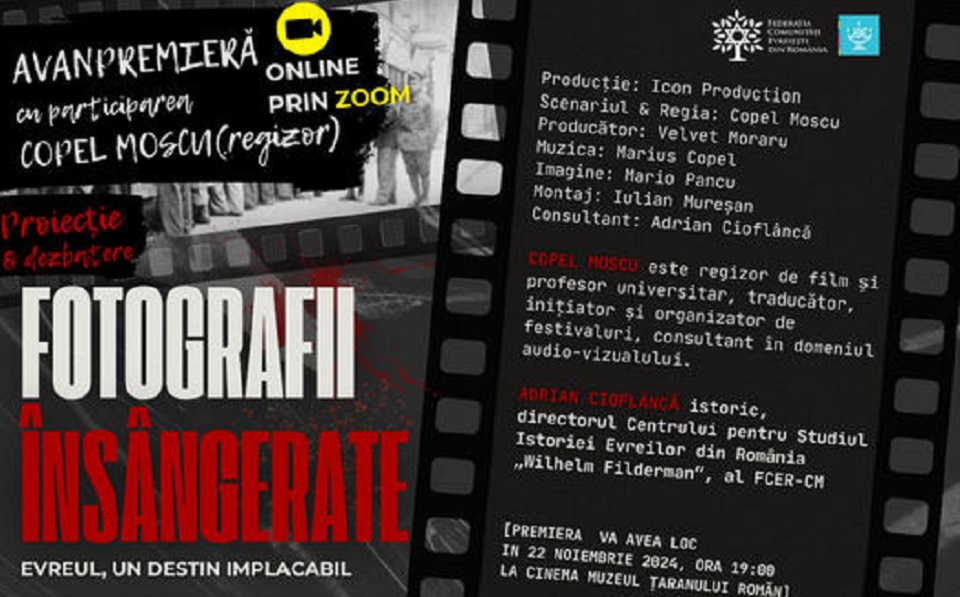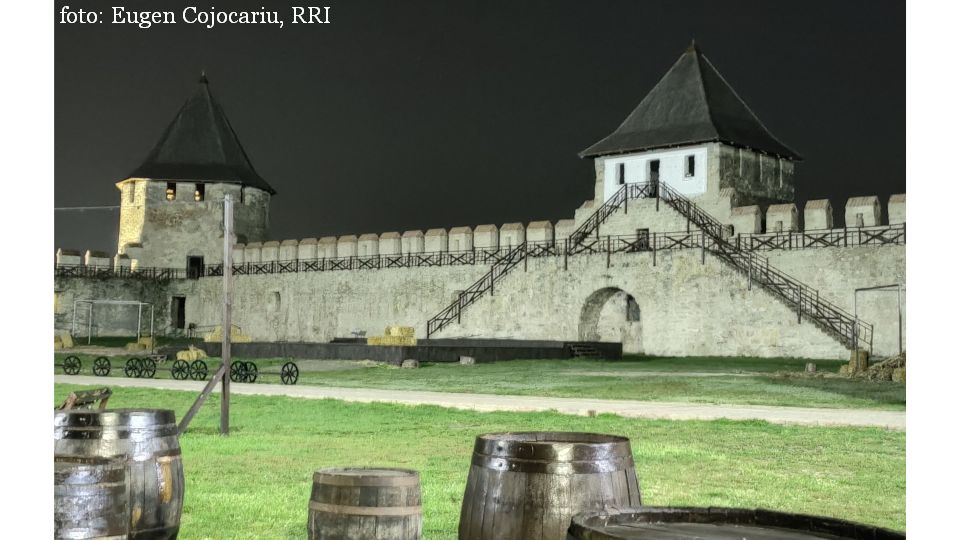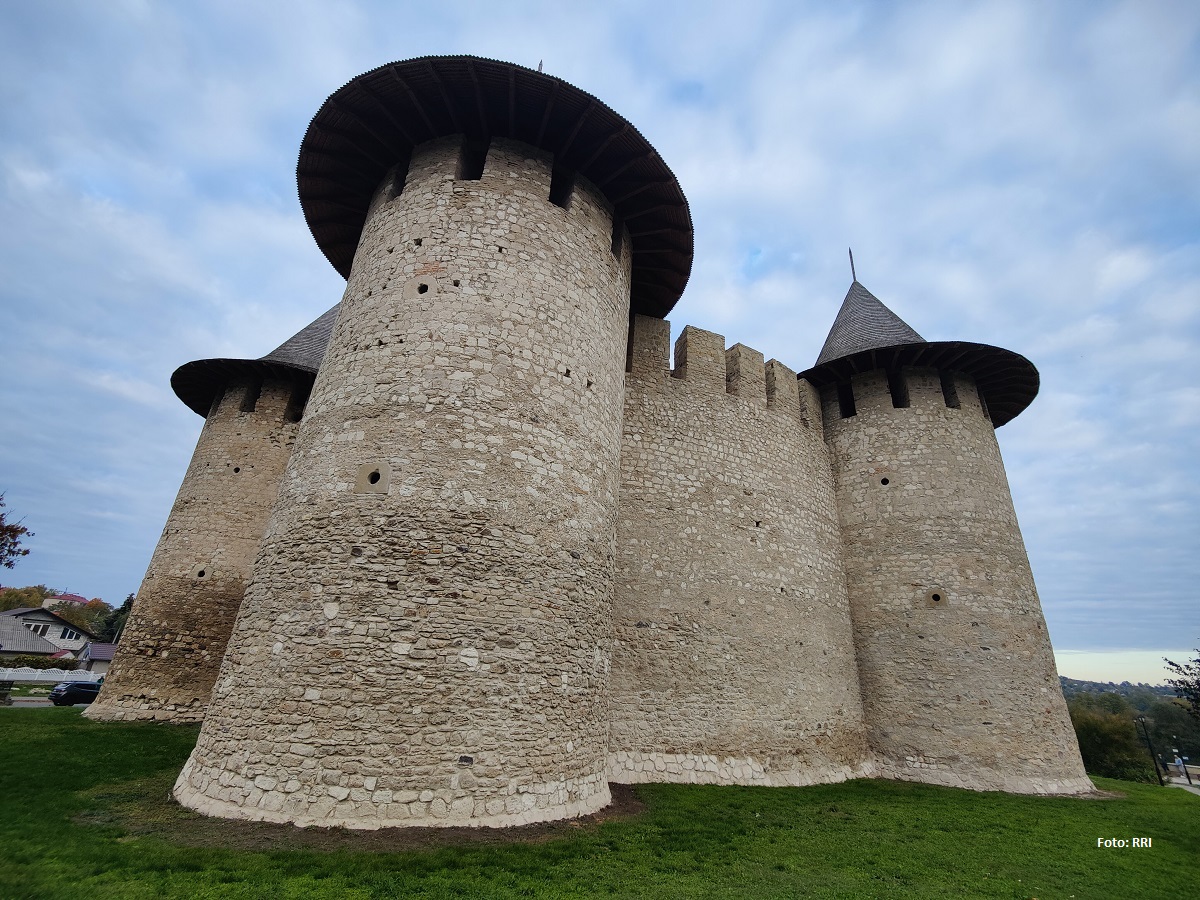A different history of Romanian literature
New publication looks at different areas of cultural production from a different perspective.

Christine Leșcu, 13.12.2020, 14:00
Despite the pandemic, this year saw
the publication by Polirom of a considerable collective work consisting of five
volumes and entitled The Encyclopaedia of the Imaginaries (Enciclopedia
Imaginariilor). With contributions from writers and academics, the work
looks at five different areas of cultural production, namely literature,
history, religion, linguistics and the arts. A concept that transgresses the notion
of imagination and fantasy, which is seen as merely producing illusions, fiction
and imaginary worlds, the imaginary has for a number of years become an
independent subject of academic study in Romania as well, says Corin Braga, the
editor of the volume dedicated to literature:
The imaginary is a function that
structures our forms of knowledge just like reason and the senses. It helps us
understand the way in which we relate to the world. We can speak of social
imaginary, collective imaginaries, and also individual imaginaries. The
collective imaginaries can be divided according to different fields: literary,
historical, theatrical, artistic, etc. There even exists a religious and
geographical imaginary, and even a linguistic imaginary. That’s how this
encyclopaedia is divided, with each volume dealing with a different field. The
first volume explores the literary imaginary, namely the representations that
inform the visions and imaginary universes in the theatre plays, novels and
poetry that together form Romanian literature.
The volume about the literary
imaginary contains 20 chapters written by 20 different authors and edited by
Corin Braga. The first chapter is about folk literature, which is described
from the point of view of the images that make up the special universe of folk
production. It is therefore an approach that differs from conventional literary
history, which is based on chronology, and from thematic history, which is
based on ideas. Corin Braga explains:
Literary history usually covers
shorter or longer periods, depending on their focus, whether on centuries or
literary movements, so we can speak of old literature, 18th century
literature, the Enlightenment, Romanticism and 1848 literature, the literature
of our great classic authors, inter-war literature and post-war literature. This
encyclopaedia, however, without ignoring conventional chronology, groups the material
in a different way, namely into constellations of symbols that transcend
historical periods and literary movements and which can be found both in the 18th
century as well as in the 20th century. The chapter dedicated to the
folk universe is followed by one about the religious imaginary in Romanian
literature, namely religious representation. It starts with a number of religious
rather than literary texts written by the likes of Dosoftei and Anthimus of Iberia
and goes all the way up to the 20th century to writers who found
inspiration in religion: the Psalms of Tudor Arghezi and the poems of Lucian
Blaga, Ioan Alexandru and Vasile Voiculescu. We were particularly interested in
the constellations of symbols that make up a system to see how they have
evolved until the present day.
Literature inspired by history is
given the same treatment in The Encyclopaedia of the Imaginaries in Romania.
Chronology is not eliminated entirely, says the editor of the volume Corin Braga,
but overly restrictive categories are broken down:
The volume contains a number of
articles referring to the Enlightenment and the rational and cultural imaginary
of the authors belonging to this movement. Another chapter looks at the
Levantine, Balkan imaginary, of Oriental inspiration, in Romanian literature,
another at the Romantic imaginary, or the Decadentist imaginary. I’m going to
give you an example from Romantic literature, which has its own characteristic
phrases: it entails a form of pre-Romanticism and another of militant
Romanticism, from around 1848, and great Romanticism as represented by Eminescu,
who is on par with the likes of Novalis and Byron. However, Romantic imagery
and themes, such dreams, love and ghosts, are still found in Romanian literature
beyond Romanticism. They can be found, for example, in the works of the
contemporary writer Mircea Cărtărescu,
who employs dream-like images reminiscent, somewhat, of Eminescu. There was
even a group of oneiric poets, such as Leonid Dimov and Dumitru Țepeneag, who are
in the tradition of the great Romantic oneirism, despite having their own definitions.
The Encyclopaedia of the Imaginaries in
Romania thus provides not only a fresh perspective on the history of Romanian
culture, but also new interpretations of the connection between past and
present in literature and beyond.






























